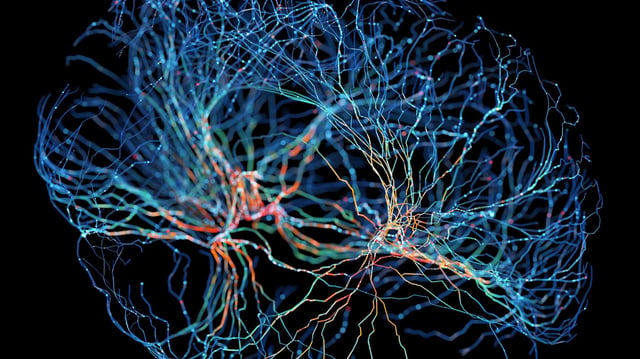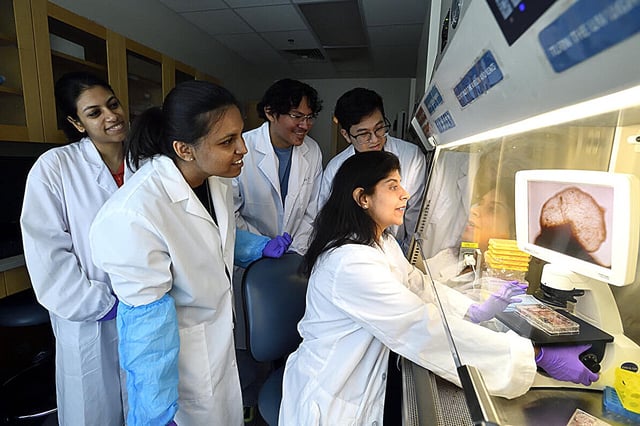Overview
- The multi-region organoid comprises six to seven million neurons derived from pluripotent human stem cells, mirroring cell diversity of a 40-day-old fetal brain.
- The team fused separately cultured cortical, midbrain, hindbrain and rudimentary vascular tissues using adhesive proteins to create a unified structure.
- The lab-grown construct generates coordinated electrical signals across interconnected regions and develops an initial blood–brain barrier layer.
- Researchers can observe neurodevelopmental processes in real time, enabling study of disorders such as autism and schizophrenia.
- By providing a human-based platform, the organoid could reduce the roughly 96% failure rate of neuropsychiatric drugs in early clinical trials.

